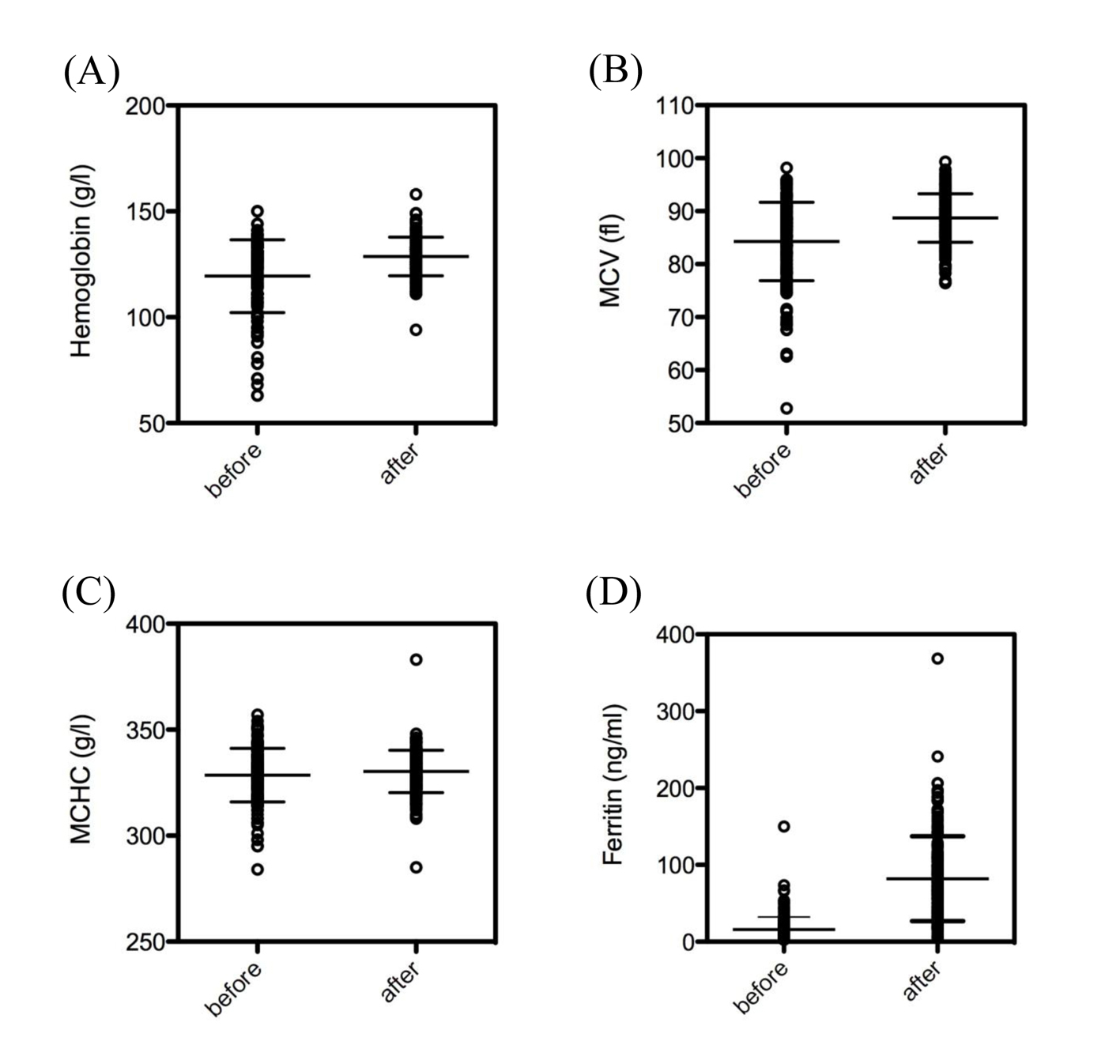
Figure 1. Age, comorbidities, initial hemoglobin and dosage of ferric carboxymaltose. (A) Number of comorbidities and age of patients. Each dot represents one patient. The number of comorbidities correlated significantly with the patients age (r = 0.26, P < 0.001). (B) Initial hemoglobin and dosage of ferric carboxymaltose given. Each dot represents one patient. The dosage correlated negatively with the initial hemoglobin (r = -0.45, P < 0.001).

Figure 2. Effect of intravenous ferric carboxymaltose on hemoglobin, MCV, MCHC and ferrritin. (A) Ferric carboxymaltose led to a significant increase of hemoglobin (119.4 ± 1.3 vs. 128.7 ± 0.7 g/L, N = 173, P < 0.0001). (B) MCV was also significantly higher after administration of ferric carboxymaltose (84.3 ± 0.6 vs. 88.7 ± 0.3 fL, N = 173, P < 0.0001). (C) There was no difference between MCHC before and after ferric carboxymaltose (328.5 ± 1.0 vs. 330 ± 0.8 g/L, N = 173, ns). (D) Treatment with ferric carboxymaltose led to significant higher ferritin levels (15.9 ± 1.2 vs. 82.1 ± 4.2 ng/mL, N = 173, P < 0.0001). The data show the mean ± SEM.

